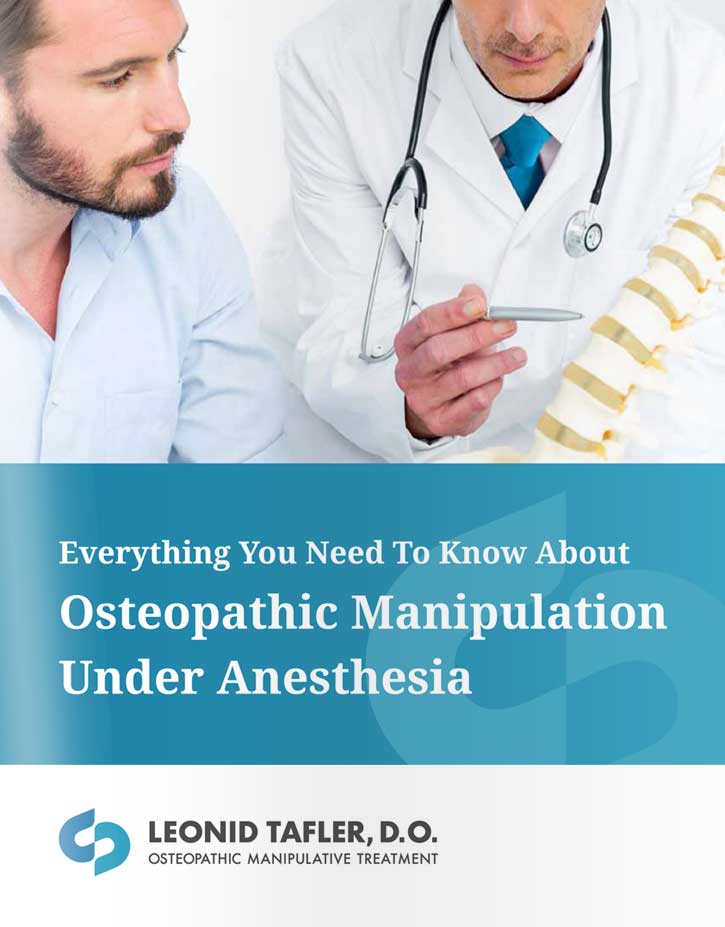Like many patients, you may have questions about preparing for manipulation under anesthesia. While the procedure has proven to be a safe treatment for reducing pain and increasing mobility, it is still vital to properly prepare for the anesthesia. Your osteopath will provide detailed instructions for that preparation, but there are some general preparation steps that you should always take before any procedure involving sedation.
This may be the most hated part of any medical procedure where the patient is sedated: fasting. Your osteopath is almost certain to instruct you not to drink or eat anything for a set number of hours prior to the procedure. As frustrating as that may be, there is a sound reason for it. Anesthesia may cause your throat and stomach muscles to relax, which could permit food and liquid to pass from the stomach into the lungs. That risk can be reduced by maintaining an empty stomach prior to the procedure.
Some medications won’t mix well with your anesthesia. It is vital to talk with your osteopath about your medications so that he can determine whether you need to stop taking them for a period of time. That approach holds true for many supplements as well. In some instances, medications and supplements can interact with anesthesia, disrupting blood flow and impacting blood pressure.
The exact amount of anesthesia used during your procedure will be determined by the anesthesiologist who manages the sedation. In addition, the procedure team will be monitoring your progress throughout the manual manipulation and sedation to ensure that you are not experiencing any negative effects from the anesthesia.
As a rule, it is always advisable to arrange transportation to drive you home after your procedure. It is also advisable to arrange for someone to either stay with you or at least check in on you at home during the first day after your procedure.
You should consult with your anesthesiologist to make him or her aware of various conditions and lifestyle habits that might impact the procedure. Some of these concerns can include:

Our patient's guide will help you answer your questions about Manipulation Under Anesthesia.
To learn more about preparing for manipulation under anesthesia, contact the office of Leonid Tafler, D.O. today. We are always here to answer your questions and ensure that you have all the information you need to receive the optimal benefits from your MUA procedure.